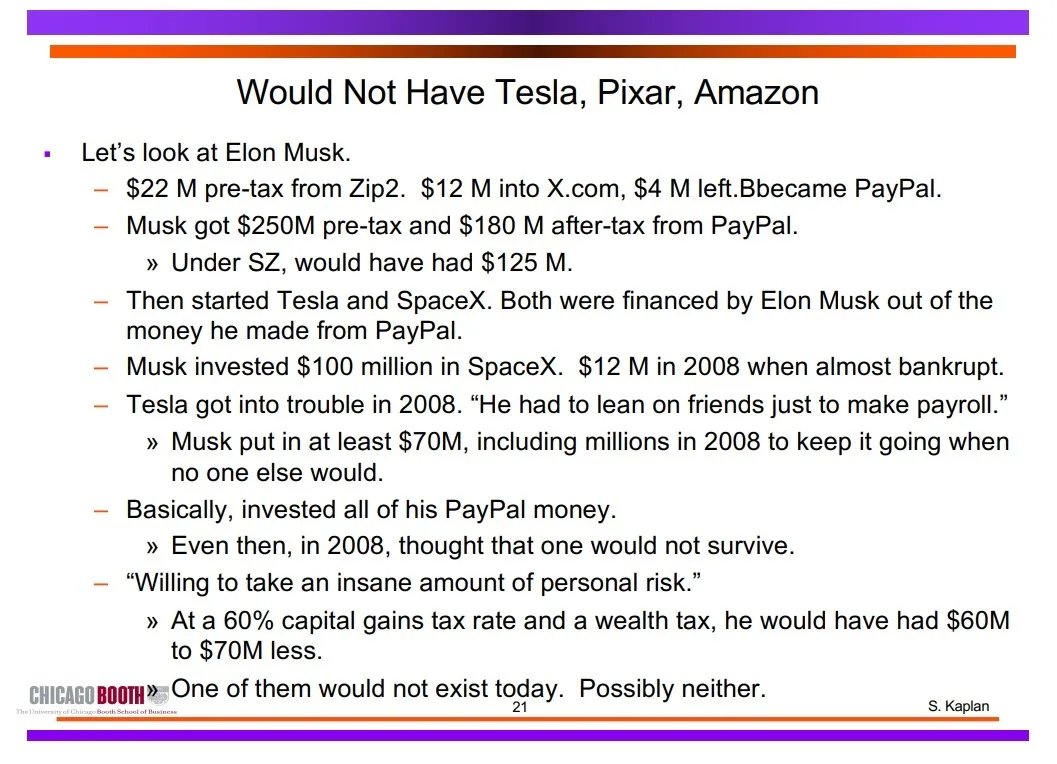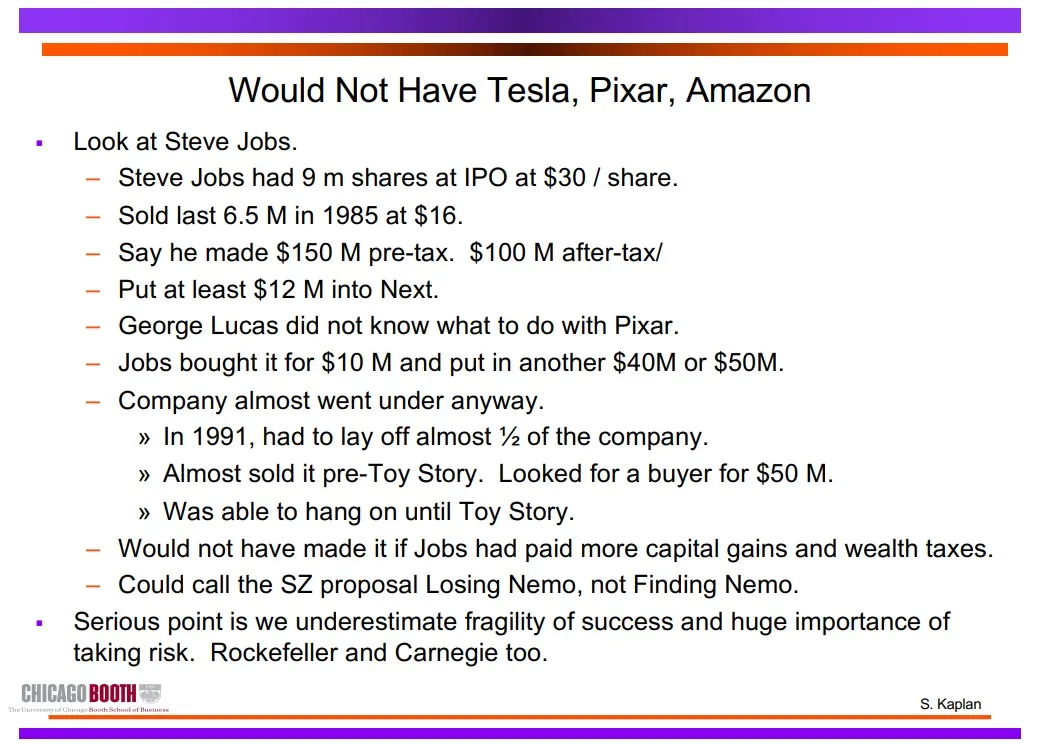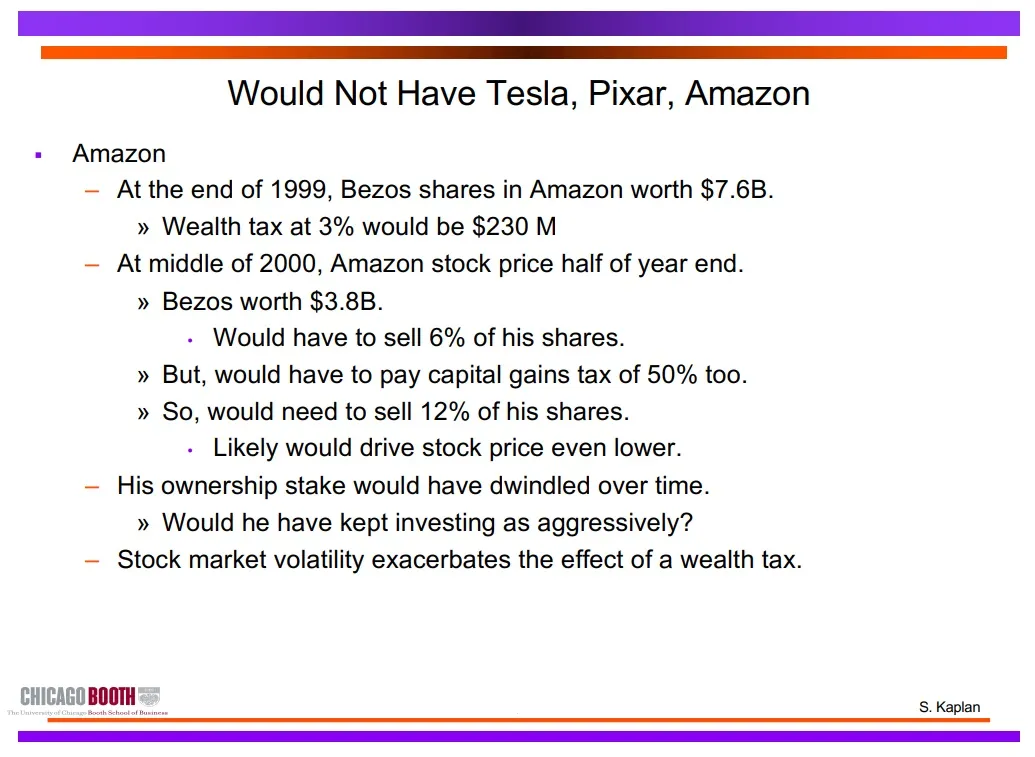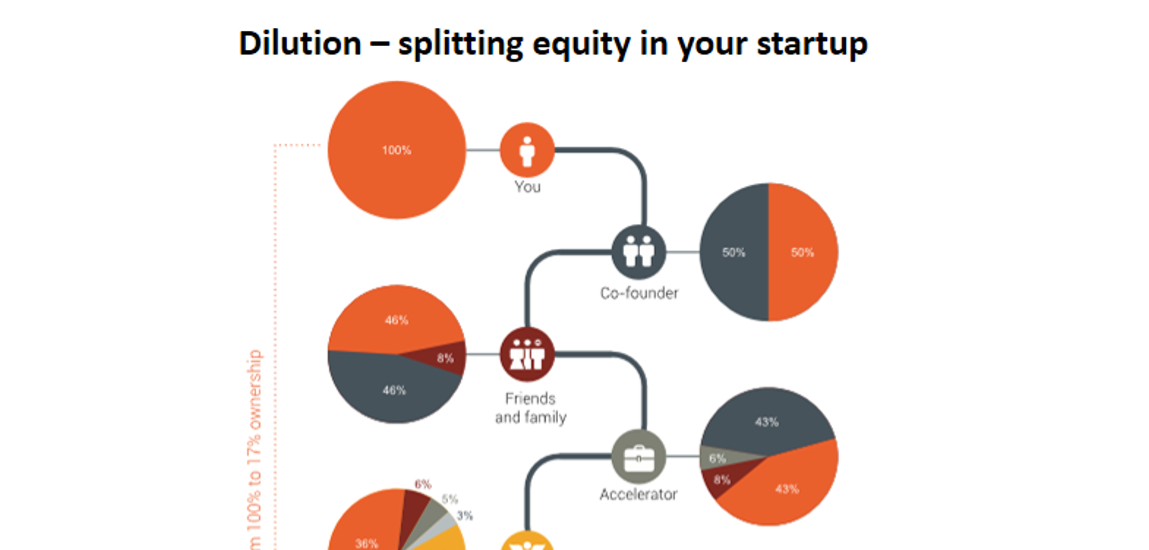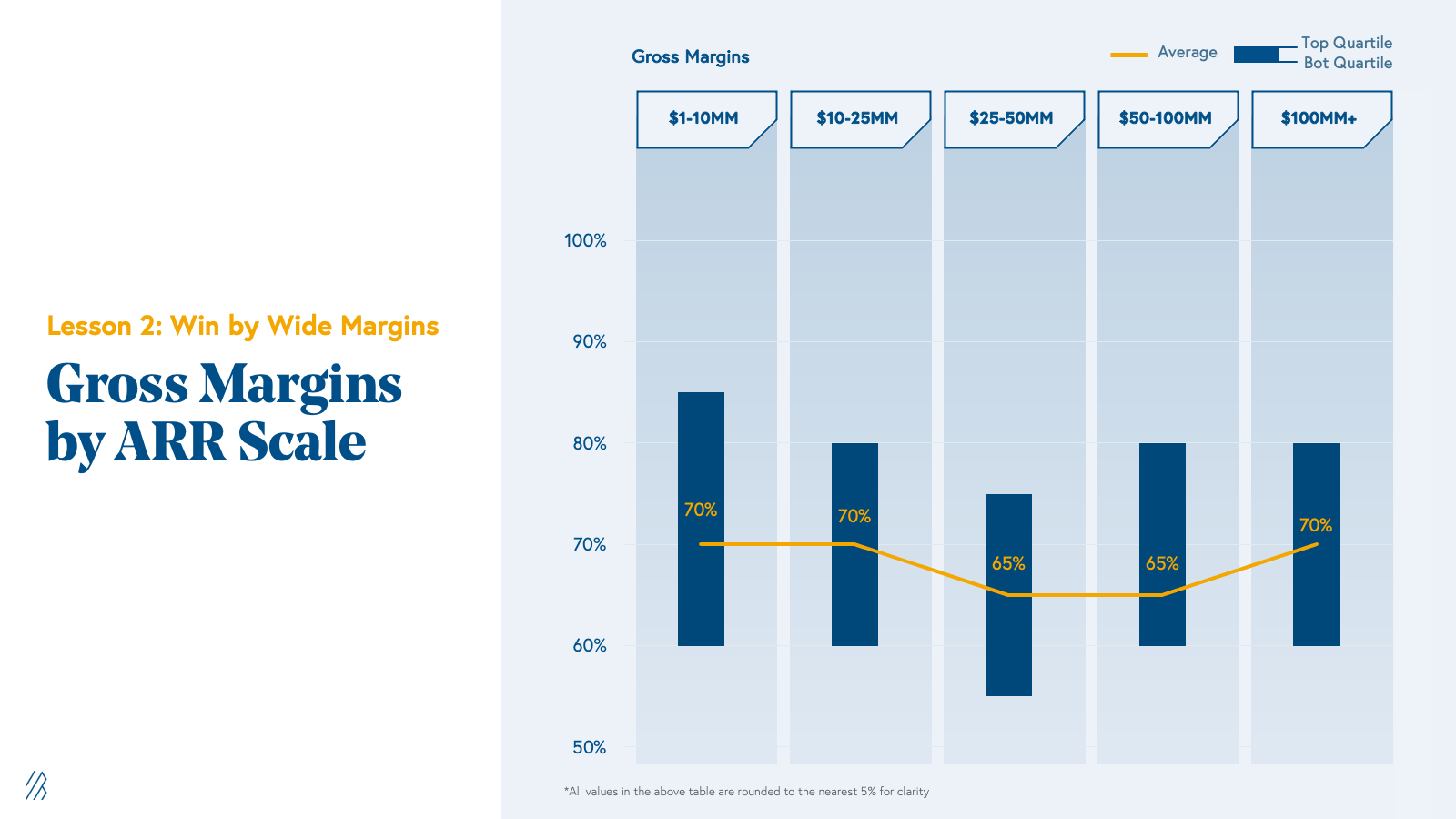Source: Founders At Work, Jun 2018
Growing Up
My grandmother was the most important female role model in my life. She was a very independent person. The term anyone who knew her would use to describe her was “free-spirited.” For example, in the wintertime, after putting me to bed, she’d go out and work till late at night on giant ice sculptures she built in the front yard.

Starting YC
We also had more faith in young founders than most investors did back then. This was back in the days when Google’s VCs had insisted the founders hire an outside CEO as a condition of their series A round.
None of us had any experience at angel investing, and that’s where the idea of funding startups in batches came from. We decided to fund a bunch of startups at once, during the summer, so that we could learn how to be investors. In March 2005 we launched Y Combinator’s website, inviting people to apply for what we called “The Summer Founders Program.”

The first summer, we gave the startups $6k per founder, which was based on the stipend that MIT gave grad students during the summer. At the end of the summer, we hosted the first Demo Day, for an audience of about 15 investors. Reddit was in that first batch, and the founders of Twitch, though they were working on another idea, and Sam Altman’s geolocation startup.
I looked at qualities of the applicants my cofounders couldn’t see. Did they seem earnest? Were they determined? Were they flexible-minded? And most importantly, what was the relationship between the cofounders like? While my partners discussed the idea with the applicants, I usually sat observing silently. Afterward, they would turn to me and ask, “Should we fund them?”
when you get to an extreme in something, things get qualitatively different. Y Combinator was a new extreme in the venture funding business, so what made someone a good investor was different. VCs relied on growth figures and estimates of market sizes, but those didn’t exist at the stage we were investing.
What YC needed was deeply technical people to understand the potential of an idea, and someone like me to understand the founders’ characters and the relationship between them. And to do that well you needed abilities no one had previously considered important in an investor.
One other thing Paul and I had in common was that we weren’t driven by money. We were interested in startups and we wanted to help people start more of them. This was the basis for everything we did at YC. It was what allowed us to do something as weird as YC in the first place.
One thing we’ve learned from Y Combinator is that the most successful startups tend to grow organically out of the founders’ lives. This was true in my case too. I was almost uncannily well suited for the kind of work it took to make YC successful.
But the things that made me well-suited for it were so far from the qualities most people associate with startup founders. I’ll list them so you can see for yourself. I was the social radar, a good event planner, maternal, empathetic, a straight shooter, and not driven by money or fame. Think how far that is from the profile of the typical startup founder you read about in the press.
Maternal? Since when was that an important quality in a startup founder? Let alone the founder of an investment firm. And yet it was critical to making YC what it is.
That’s why I wanted to tell you my story. It’s not true that every person can start every startup. But a lot more people have what it takes to start some startup than realize it. A lot of people, perhaps all people, have some distinctive combination of abilities and interests. And a lot of those combinations match some startup idea.
So if you want to start a startup, I recommend you try asking yourself what’s distinctive about you. What unique combination of abilities and interests do you have? And don’t edit your answers, because as my example shows, the most unlikely ingredients could be the key to the recipe.
In fact, it may even be that the strangest combinations of qualities are the most valuable. I had a weird combination of qualities, but they matched YC because it was such a weird company.
And the most successful startups do tend to be weird. They’re usually such outliers that the idea sounds preposterous at first. To everyone except the founders, because the company has grown out of their experiences.
You are a jigsaw puzzle piece of a certain shape. You could change your shape to fit an existing hole in the world. That was the traditional plan. But there’s another way that can often be better for you and for the world: to grow a new puzzle around you. That’s what I did, and I was a pretty weird-shaped piece. So if I can do it, there’s more hope for you than you probably realize.





